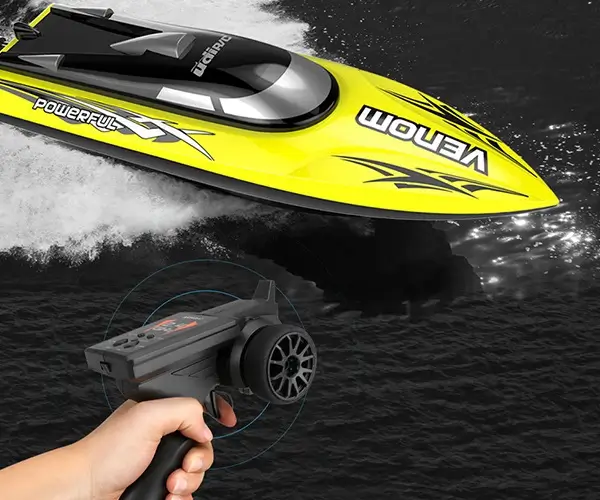Controlling Servo Motors with Arduino: Your Gateway to Precision Robotics and Creative Automation
Imagine a device that moves with pinpoint accuracy, responding seamlessly to your commands—whether it’s a robotic arm reaching out to pick an object, a camera gimbal following a subject smoothly, or a tiny rover navigating uneven terrain. That’s the power of servo motors, and with an Arduino microcontroller, controlling these precise moving parts becomes not just easy but also incredibly fun.

What is a Servo Motor?
A servo motor is a type of motor designed for precise control of angular position, speed, and torque. Unlike typical DC motors, which spin continuously when power is supplied, servo motors incorporate a built-in feedback system that allows them to hold a specific position, move to a precise angle, or rotate smoothly within a set range.
Most hobby servo motors operate within a 0 to 180-degree range, making them ideal for applications where controlled motion is needed—like steering in a remote-controlled car, moving a robotic arm, or adjusting a camera mount.
The Essential Components
Servo Motor: The hardware that performs the physical movement. Arduino Board: The microcontroller that sends control signals. Power Supply: Sufficient power source that can handle the servo's current requirements. Connecting Wires: To connect the servo to the Arduino and power sources. Programming Environment: Arduino IDE to write and upload code.
Why Use Arduino for Servo Control?
Arduino stands out as the go-to platform for hobbyists and professionals alike because of its simplicity, affordability, and vast community support. Its native PWM (Pulse Width Modulation) capabilities make controlling servos straightforward, and the availability of dedicated libraries streamlines the coding process.
Getting Ready: Hardware and Software
Before diving into the coding and wiring details, gather your components:
An Arduino Uno (or compatible) A servo motor (standard hobby servo) A breadboard and jumper wires An external power supply (recommended if running multiple servos) Arduino IDE installed on your computer
Once these are ready, it’s time to explore how to connect the servo motor and make it move.
Imagine the possibilities—a robotic arm grabbing objects, an automated curtain opening when you arrive, or even a mini camera rig panning smoothly for your home movies. Controlling servo motors with Arduino opens up a universe of DIY opportunities and creative projects. But how do you bring these ideas to life? That’s where mastering the basics becomes essential, and that’s exactly what we’ll dive into next.
In the next section, we’ll step through the wiring, basic code templates, adjusting angles, and handling multiple servos, giving you the foundation to start experimenting and refining your projects.
Established in 2005, Kpower has been dedicated to a professional compact motion unit manufacturer, headquartered in Dongguan, Guangdong Province, China.




































